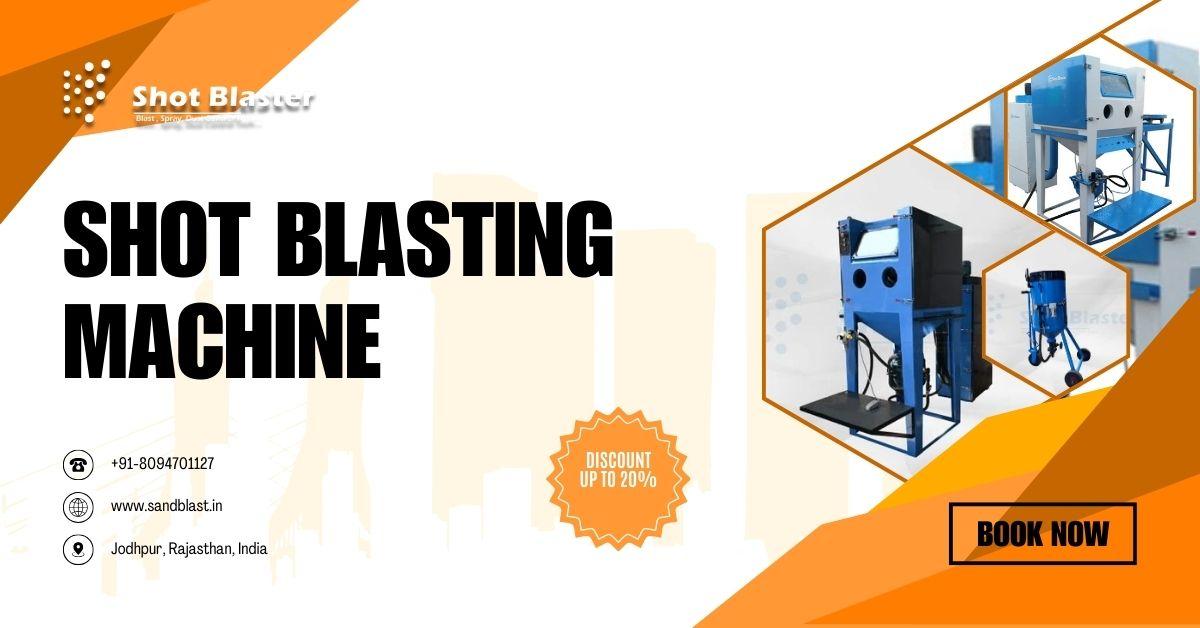Are there non-surgical options for treating hair loss in Islamabad?

Hair loss can be a distressing experience for both men and women, affecting self-esteem and overall confidence. In Islamabad, many individuals are looking for solutions to prevent hair loss or restore lost hair without undergoing surgery. While hair transplant surgery is one of the most effective options, there are several non-surgical treatments available that offer promising results for those who want to address hair loss with minimal risk and recovery time.
In this blog, we will explore various non-surgical hair loss treatment in Islamabad, their effectiveness, and how they work to help individuals regain fuller and healthier hair.
1. Minoxidil (Rogaine)
Minoxidil is one of the most popular and widely used non-surgical treatments for hair loss. Available in both topical liquid and foam formulations, minoxidil is applied directly to the scalp. This over-the-counter treatment is known for its ability to stimulate hair follicles and improve blood circulation to the scalp, which may promote hair regrowth.
Minoxidil is effective for individuals with androgenic alopecia (male or female pattern baldness) and can help slow the progression of hair loss. While it is not a permanent cure, it can help maintain existing hair and promote new growth. In some cases, it may also help to thicken existing hair.
How Minoxidil Works:
-
Stimulates hair follicles: Minoxidil works by increasing blood flow to hair follicles, which nourishes the follicles and promotes new hair growth.
-
Delays hair loss: Regular use can slow the progression of hair loss and help extend the growth phase of the hair cycle.
Effectiveness: Minoxidil is effective for many people, though the results vary. It works best in individuals with early-stage hair loss. It may take several months of consistent use before noticeable results are visible.
2. Platelet-Rich Plasma (PRP) Therapy
Platelet-Rich Plasma (PRP) Therapy is an innovative non-surgical treatment that has gained popularity for treating hair loss in recent years. PRP therapy involves drawing a small amount of the patient's blood, processing it to concentrate the platelets, and then injecting the PRP into the scalp. The high concentration of growth factors in the PRP helps stimulate hair follicles, encouraging new hair growth and improving the overall health of existing hair.
PRP is effective for various types of hair loss, including androgenic alopecia and alopecia areata, and is a popular choice for those looking for a natural solution. Since the treatment uses the patient's own blood, the risk of allergic reactions or complications is minimal.
How PRP Works:
-
Stimulates hair growth: The growth factors in PRP help regenerate hair follicles and promote hair regrowth by encouraging the production of collagen and elastin.
-
Improves hair quality: PRP therapy not only stimulates new hair growth but can also improve the thickness and quality of existing hair.
Effectiveness: PRP therapy can produce significant results for individuals experiencing hair thinning or loss. It typically requires multiple sessions (usually 3-4) spaced a few weeks apart, with maintenance treatments every 6-12 months. Results are generally visible within a few months after the procedure.
3. Low-Level Laser Therapy (LLLT)
Low-Level Laser Therapy (LLLT), also known as laser hair therapy, is a non-invasive treatment that uses low-level lasers to stimulate hair follicles and promote hair regrowth. LLLT is believed to work by increasing blood flow to the scalp, improving the health of hair follicles, and enhancing cellular activity within the hair follicles. The treatment is usually performed using handheld devices or in-office laser combs and helmets.
LLLT is FDA-approved for treating hair loss and is often used in conjunction with other treatments like minoxidil to achieve optimal results. Many clinics in Islamabad offer LLLT as a part of their hair restoration services.
How LLLT Works:
-
Stimulates follicular activity: The laser light is absorbed by the scalp, which energizes hair follicles and promotes the anagen (growth) phase of the hair cycle.
-
Improves scalp health: Laser therapy can also improve overall scalp health, which is essential for promoting thick, healthy hair.
Effectiveness: LLLT is most effective in the early stages of hair loss and works best for individuals who are not yet severely bald. Results are gradual, and consistent use is required for the best outcomes. Many individuals see results after 4-6 months of regular treatment.
4. Hair Growth Supplements
In addition to topical treatments and therapies, hair growth supplements can also play a role in addressing hair loss. These supplements typically contain vitamins, minerals, and natural herbs that promote healthy hair growth. Common ingredients in hair growth supplements include biotin, vitamin D, zinc, iron, and folic acid, all of which are essential for maintaining healthy hair follicles and preventing hair loss.
Supplements like Viviscal, Nutrafol, and Hairfinity are widely available and are designed to improve overall hair health from within. They can help individuals who experience hair thinning due to nutritional deficiencies or imbalances.
How Hair Growth Supplements Work:
-
Nourish hair follicles: By providing essential nutrients, hair growth supplements strengthen hair follicles and promote optimal hair health.
-
Support healthy hair growth: These supplements support the natural hair growth cycle, reducing shedding and promoting new hair growth.
Effectiveness: While hair growth supplements can be helpful for individuals with nutrient deficiencies or mild thinning, their results can vary. Supplements work best when combined with other treatments and healthy lifestyle choices.
5. Topical Hair Growth Shampoos and Conditioners
Another non-surgical option for treating hair loss is the use of topical hair growth shampoos and conditioners. These products are specially formulated with ingredients like ketoconazole, caffeine, saw palmetto, and biotin that help improve hair health, reduce shedding, and stimulate growth.
While these products won’t produce the same dramatic results as minoxidil or PRP therapy, they can be effective in slowing hair loss and improving the appearance of thinning hair. Many people use them as part of a comprehensive hair care routine to maintain hair health.
How Hair Growth Shampoos and Conditioners Work:
-
Strengthen hair follicles: These products nourish the scalp and hair follicles, promoting thicker, stronger hair.
-
Encourage circulation: Some shampoos, like those containing caffeine, help increase blood flow to the scalp, which may improve hair growth.
Effectiveness: The effectiveness of hair growth shampoos and conditioners can vary depending on the individual and the severity of their hair loss. While these products may not provide dramatic results, they can help slow down the progression of hair thinning when used consistently.
6. Essential Oils for Hair Growth
Some people turn to essential oils as a natural solution for hair loss. Oils like rosemary, peppermint, lavender, and cedarwood are believed to have properties that promote hair growth by stimulating the scalp and improving circulation. These oils can be mixed with a carrier oil (such as coconut oil) and massaged into the scalp.
While more research is needed to confirm the effectiveness of essential oils for hair growth, some studies suggest that they may have a positive impact on hair health when used regularly.
How Essential Oils Work:
-
Stimulate circulation: Essential oils like rosemary and peppermint are believed to promote blood flow to the scalp, which can nourish hair follicles and stimulate growth.
-
Reduce inflammation: Essential oils like lavender may also reduce scalp inflammation, which can contribute to hair loss.
Effectiveness: Essential oils are a natural option that may work for individuals looking for a gentler, non-invasive solution to hair thinning. However, results can vary, and essential oils may be most effective when combined with other treatments.
Conclusion
There are several non-surgical options available for treating hair loss in Islamabad, and many individuals find success with these treatments. Whether you choose minoxidil, PRP therapy, laser therapy, hair growth supplements, or essential oils, non-surgical treatments can offer a safe, effective, and minimally invasive way to combat hair loss and restore your hair.
However, it is important to note that results vary depending on the type and severity of hair loss, as well as the individual’s response to treatment. Consulting with a hair restoration specialist or dermatologist in Islamabad can help you determine the best course of action based on your unique needs.






